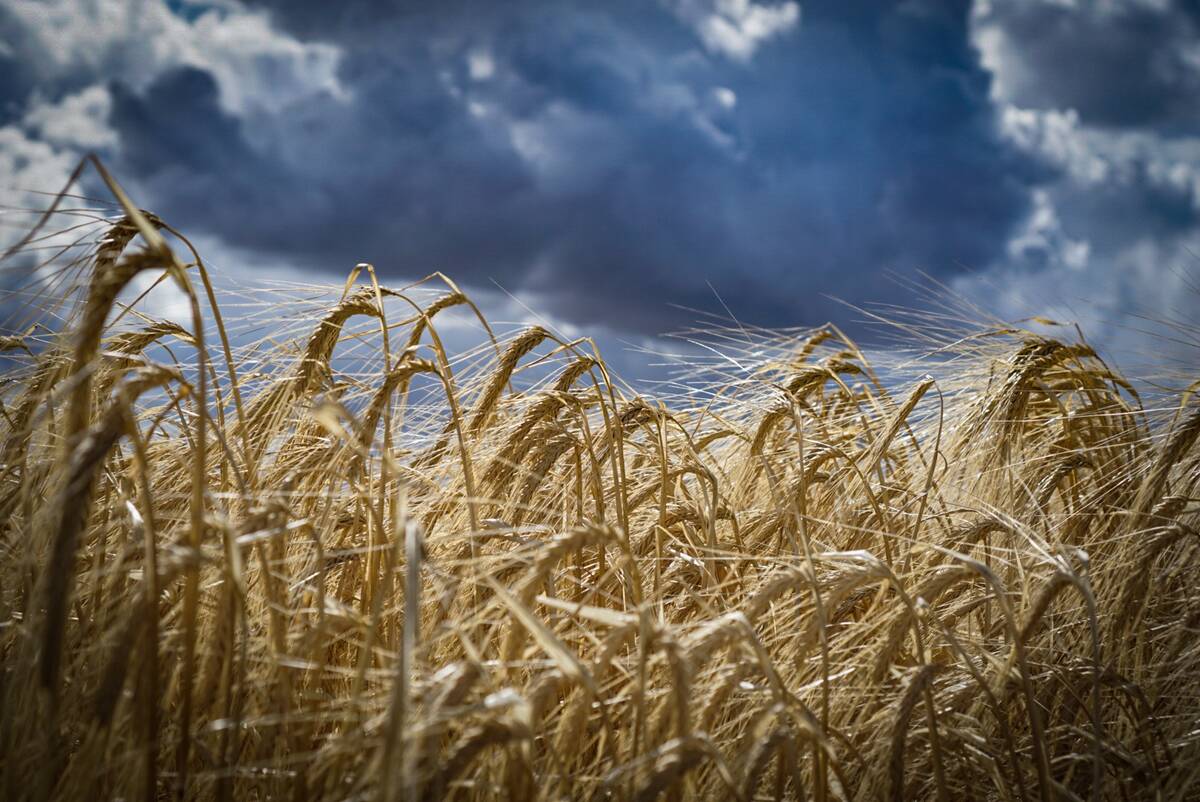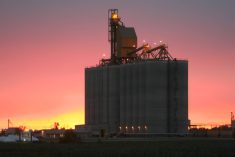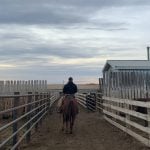MORINVILLE, Alta. – Black soot, insulation, charred wood and twisted rebar lie in a long, narrow bunker outlined by concrete that once served as the walls of two hog barns.
Men and women from the Morinville Hutterite Colony northwest of Edmonton, have worked long hours to clean up this site, where a May 13 fire killed 1,400 hogs.
But even into their second day of cleanup the scene remained a mess.
Along the edge of a pasture lie piles of twisted metal waiting to be taken to the scrap yard. Most of the hogs have been removed, but about 50 blackened carcasses remain.
Read Also

Malting barley exporters target Mexican market
Canada’s barley sector is setting its sights on the Mexican market to help mop up some of the lost demand from China
Hog manager Paul Wurtz takes comfort in seeing the dead hogs lying on their sides, as if sleeping in the pens. They were not piled up in a corner of their pens as if frantically trying to escape the blaze.
“That’s a relief,” said Wurtz. He took it as a sign the animals were asphyxiated by smoke and not burned alive.
During the fire Wurtz crawled on his belly under the smoke trying to open the gates and let out the animals. He was forced to retreat after about eight metres because the smoke was too thick.
The fire started in the farrowing barn, which had 52 sows and 520 piglets. Another 560 pigs were in weaner pens in the barn. The second barn housed 200 sows and 50 boars, most of the colony’s breeding stock.
About 1,500 pigs in three other barns were unhurt.
When Wurtz surveys the damage, he thinks of the loss of the good breeding stock.
“I selected for 24 years and it’s all gone,” he said, his voice breaking.
“I bred and bred and bred until I had what I wanted,” he said, while pressing his soot-covered leather gloves together.
When Wurtz became hog manager 24 years ago, he started with a few purebred sows and slowly built up to 220 sows, mostly purebred Landrace. Each year, he bred for bigger loins and larger hams in a leaner, faster growing hog.
“It’s not a good feeling when you’ve put all this time and effort in and a fire takes it from you in five hours,” said Wurtz, who said he had slept about four hours in the past two days.
Fire officials still don’t know what started the blaze, which caused an estimated $1 million damage.
Wurtz believes it may have started in the attic of one of the barns. He and his son were in the barn cleaning only 10 minutes before the fire was noticed.
Once the cleanup is done, the colony will decide what to do next. Wurtz may buy a few purebred hogs from a high health herd and start again, but it will take about a year before the barns are rebuilt and restocked. If hog prices remain low, the colony might decide to build another chicken barn instead.
“I wish this was one big nightmare I just woke up from.”














